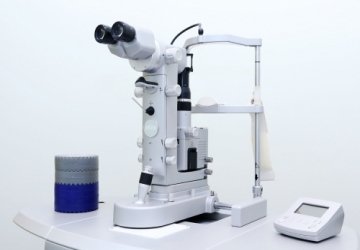The argon laser technology is indicated for the following conditions:
• Glaucoma for iridectomy and trabeculoplasty.
• Vascular diseases of the retina, especially in diabetic retinopathy, where optical coagulation is of critical importance to prevent disease progression and blindness.
• Photocoagulation is also used in deep vein thrombosis and aneurysm processes.
• Cases of retinal vasculitis
• In all clinical cases that may lead to retinal ischemia, which can lead to what may in turn cause serious intraocular complications.
• In cases of vitreous haemorrhage and retinal detachment.
• Degenerative diseases in the peripheral retina and the presence of holes or tears at the level of the retina may lead to retinal detachment if not treated – and the argon laser is very important for its prevention.
• Diseases of the placenta, such as tumors, tumors of the blood vessels and lymph membranes.
With us, you are in safe hands, and we wish you a speedy recovery.



